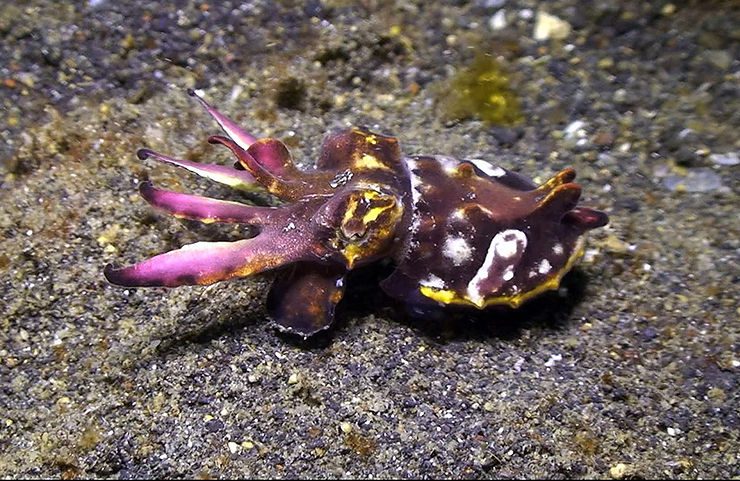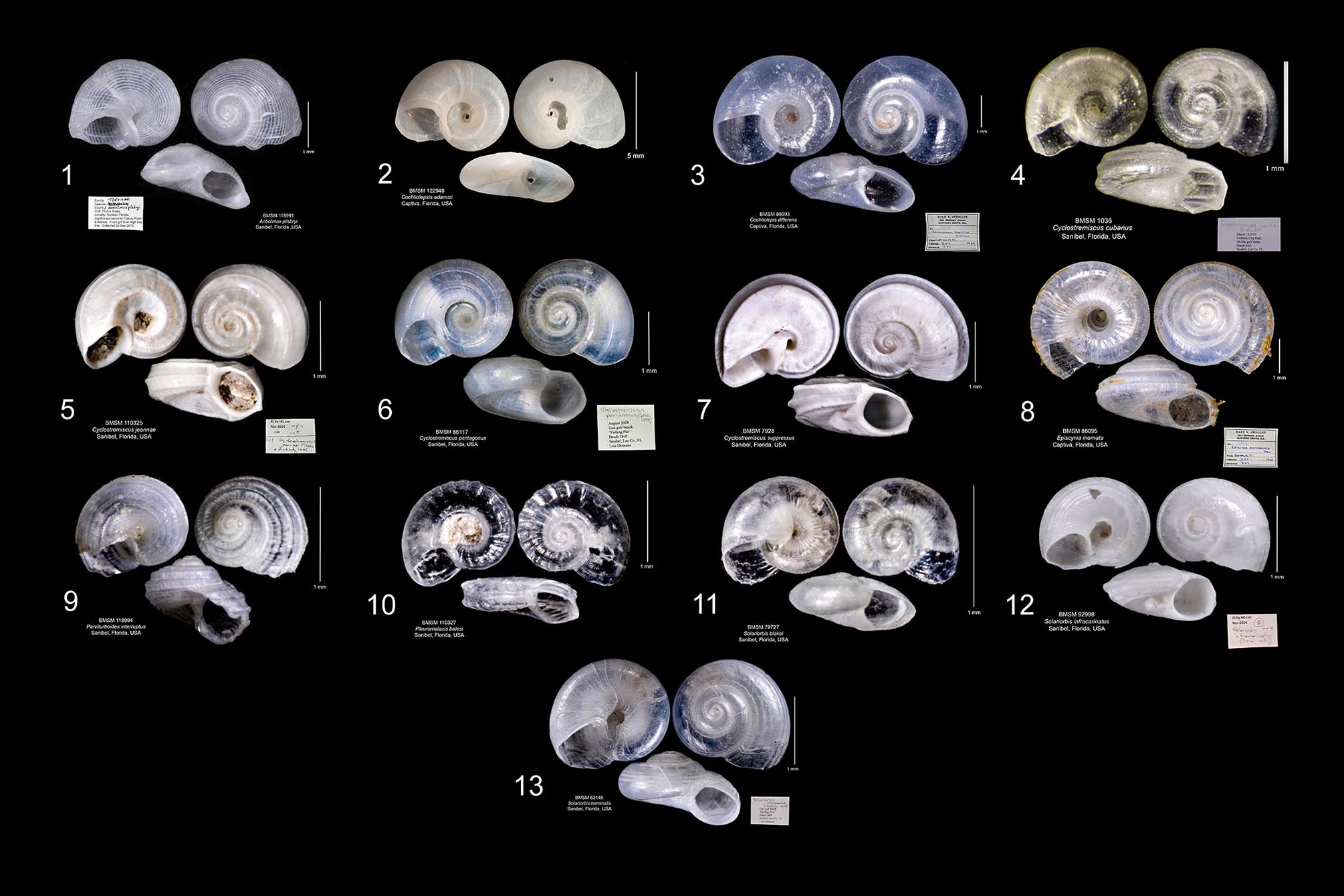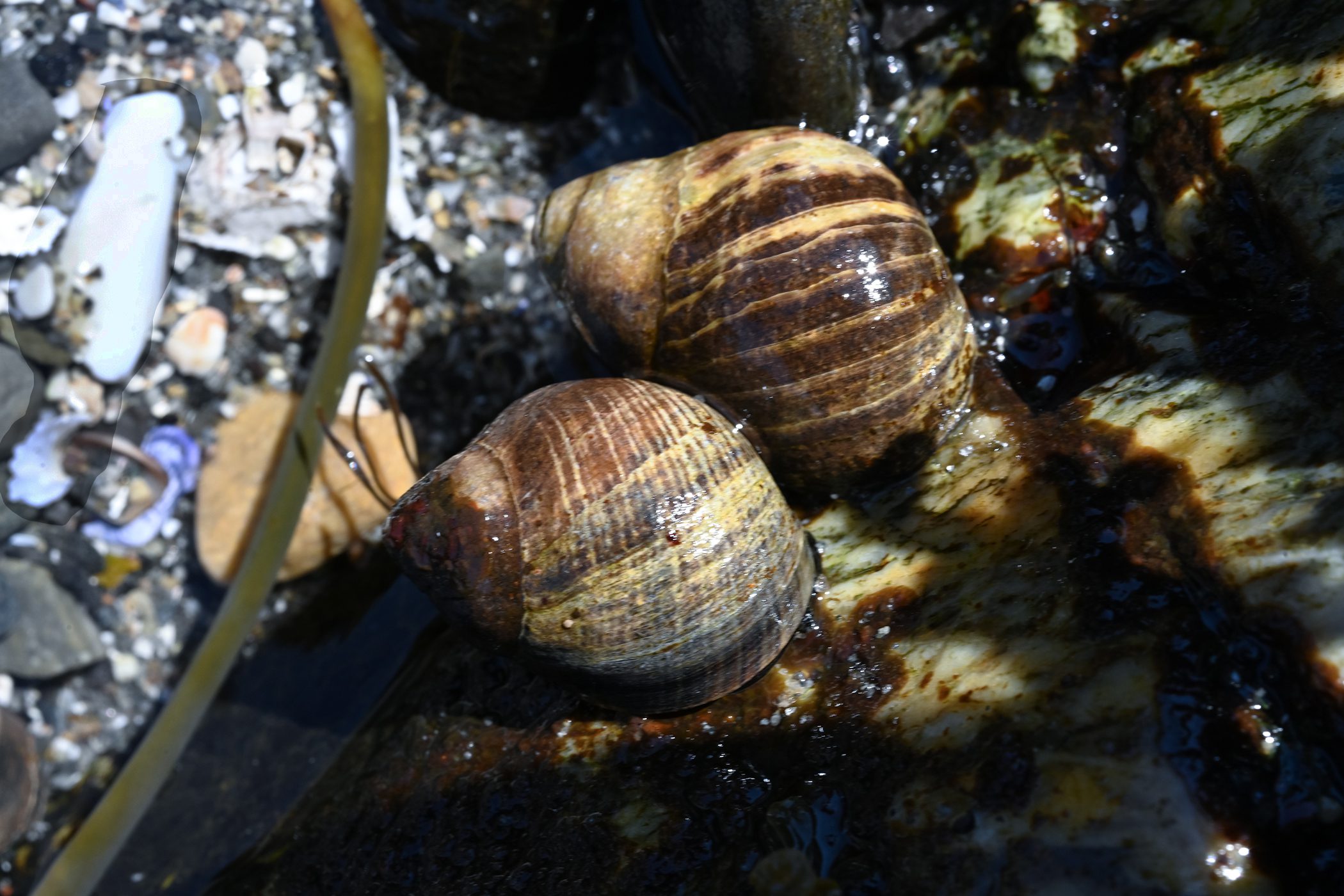 The Flamboyant Cuttle, Metasepia pfefferi, by Scott Johnson.
The Flamboyant Cuttle, Metasepia pfefferi, by Scott Johnson.
Metasepia pfefferi (Hoyle, 1885) is a cuttlefish, or cuttle, found in the eastern Indian and southwestern Pacific oceans. It lives in shallow water from 3 to 85 meters (about 10 to 280 feet) in depth. Cuttles are cephalopod mollusks that have eight arms and two tentacles. As in other cephalopods, one of the arms in male cuttles, called the hectocotylus, is modified to deliver sperm to the female. The arms aid in swimming, but can also be used by the Flamboyant Cuttle to “walk” upright on the bottom, which they do in conjunction with “rolling” displays of colors. The two tentacles are used to capture prey: suction pads at their ends and fast movements make it relatively easy to catch the basic staples of the Flamboyant Cuttle diet, fish and crabs. As other cuttles do, the Flamboyant Cuttle has the ability to change color at high speed, using colors and patterns that possibly ward off potential predators that may associated that behavior with the unsavory, toxic contents of the cuttle’s “flesh.” The Flamboyant Cuttle is one of the species we plan on displaying in one of our new aquariums! And the photo was grabbed from a video clip by Scott Johnson.


